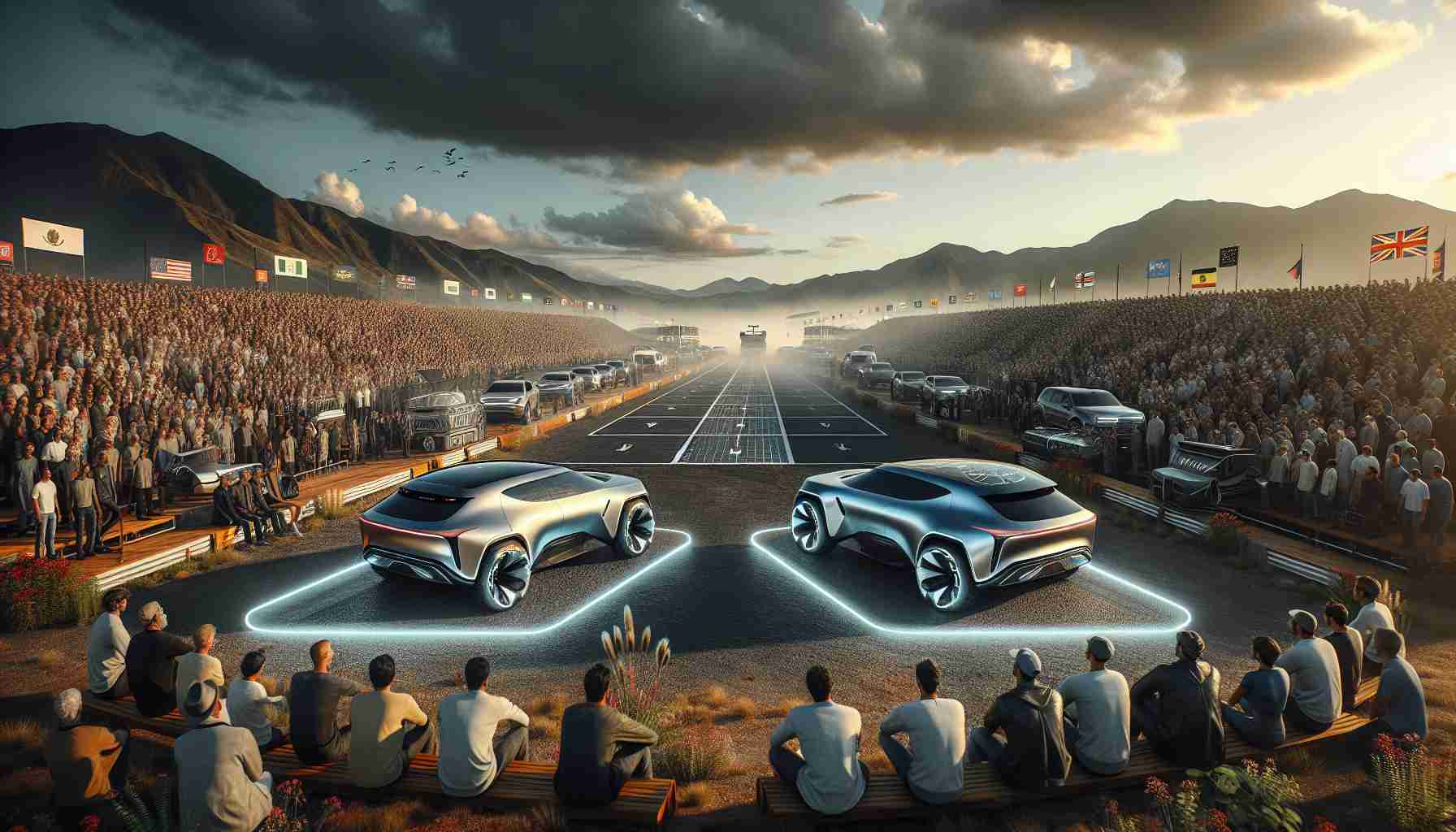Discovering the Next Generation of SUVs
In a world where SUVs dominate the roads, the future outlook for these vehicles is constantly evolving. With a myriad of options available, including luxury models and budget-friendly choices, the landscape for SUV buyers is vast and diverse.
New Players Enter the Game
As we fast forward to the year 2025, automotive giants are rolling out their latest offerings in the SUV market. Introducing innovative designs and cutting-edge features, brands like Hyundai and Honda are at the forefront of this evolution, promising exciting possibilities for consumers seeking a blend of style, performance, and affordability.
Hyundai’s Bold Move
Hyundai’s 2025 Santa Fe exudes confidence with its rugged yet refined appearance. Boasting a sturdy build and a design tailored for both urban commutes and off-road adventures, the Santa Fe offers versatility that appeals to families with an adventurous spirit. Moreover, with a starting price of $34,200, the Santa Fe remains an attractive option for budget-conscious buyers looking for value without compromising quality.
Honda’s Futuristic Vision
On the other hand, the 2025 Honda Pilot presents a vision of the future with its sleek and modern aesthetics. Evolving from its boxy origins, the Pilot now embraces a more futuristic look while maintaining its rugged charm. Despite its higher starting price of $40,200, the Pilot showcases a blend of performance and style that caters to those seeking a unique driving experience.
Embracing Change and Innovation
As we navigate the ever-changing landscape of the SUV market, the 2025 models from Hyundai and Honda stand out as testaments to innovation and progress. Whether you lean towards the adventurous spirit of the Santa Fe or the futuristic appeal of the Pilot, the future of SUVs promises excitement and a new era of driving experiences.
Additional Facts:
– By 2025, electric SUVs are expected to gain significant popularity as automakers continue to focus on sustainability and reducing carbon emissions.
– Autonomous driving features are likely to become more common in SUVs, offering consumers increased safety and convenience.
– Connectivity features such as advanced infotainment systems and seamless integration with smartphones are becoming standard in modern SUVs.
Key Questions:
1. How will advancements in technology impact the design and performance of SUVs by 2025?
2. What steps are automakers taking to address the growing demand for environmentally-friendly SUV options?
3. How will consumer preferences for SUVs shift as autonomous driving capabilities become more prevalent?
Challenges:
– Balancing the demand for performance with the need for sustainability poses a challenge for automakers in developing future SUV models.
– Ensuring the safety and reliability of autonomous features in SUVs remains a significant concern for both manufacturers and consumers.
– Adapting to rapidly evolving consumer tastes and technological advancements while maintaining brand identity and customer loyalty can be a challenge for automakers.
Advantages:
– Improved fuel efficiency in electric SUVs can lead to long-term cost savings for consumers.
– Autonomous driving features offer convenience and added safety, especially on long journeys or in heavy traffic.
– Connectivity features enhance the overall driving experience, providing entertainment and connectivity on the go.
Disadvantages:
– Electric SUVs may have limitations in range and charging infrastructure compared to traditional gasoline-powered vehicles.
– Reliance on autonomous driving features may lead to complacency among drivers and potential safety risks if the technology malfunctions.
– Connectivity features could pose distractions for drivers, raising concerns about potential accidents due to digital distractions.
Suggested Related Links:
– Hyundai Official Website
– Honda Official Website



